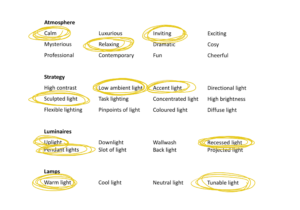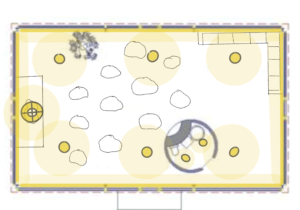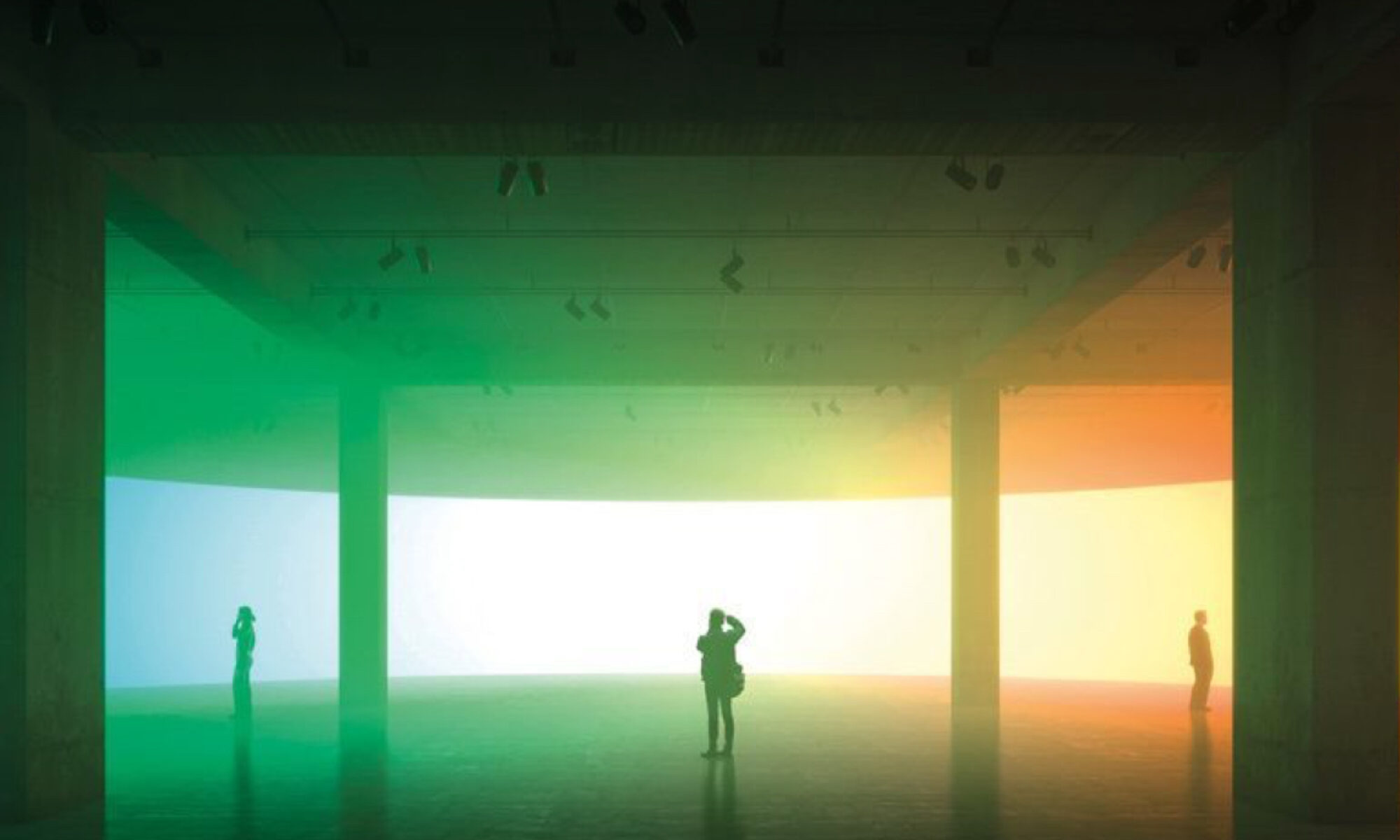We were given the task of creating a lighting strategy for a Meditation Space. Our strategy was based off what we thought was appropriate for this type of space.
Atmosphere: Calm/Relaxing/Inviting
Strategy: Low Ambient Light/Accent Light/Sculpted Light/Diffused Light
Luminaries: Uplight/Recessed Light/Pendant Lights

(Lighting Strategy Sheet – Josie Lancaster)
The space provided was a glass walled building so we chose to put recessed strip lighting in the flooring that was diffused and tunable to cast a gentle glow up the walls of the building, the aim in using a diffuser was that the glare from the reflection of the glass would be minimised. `These luminaires were also chosen for the way they would illuminate the look of the building from the outside when in use at night time.
Recessed celling luminaires that are tunable would allow for the space to be brighter for different requirements/times of day. For example a cloudy day may require a more natural light (approx 5000K) evening might require a more ambient warm light (approx 2500K).
Pendant Luminaire would be situated above “stage” area to cast a soft downward glow of the person taking the guided meditations. The pendant luminaire would also be tunable to allow for the different types of meditation and natural light coming into the space at different times of the day.

(Reflected Celling Plan – Glass House – Josie Lancaster)
The aim of this lighting concept was to create sculptured ambient light within the space that is inviting and welcoming. I think this has been successfully achieved within our concept. Having a greater knowledge of how the glare from glass is affected by luminance would enable us to design a more though approach to the project.




